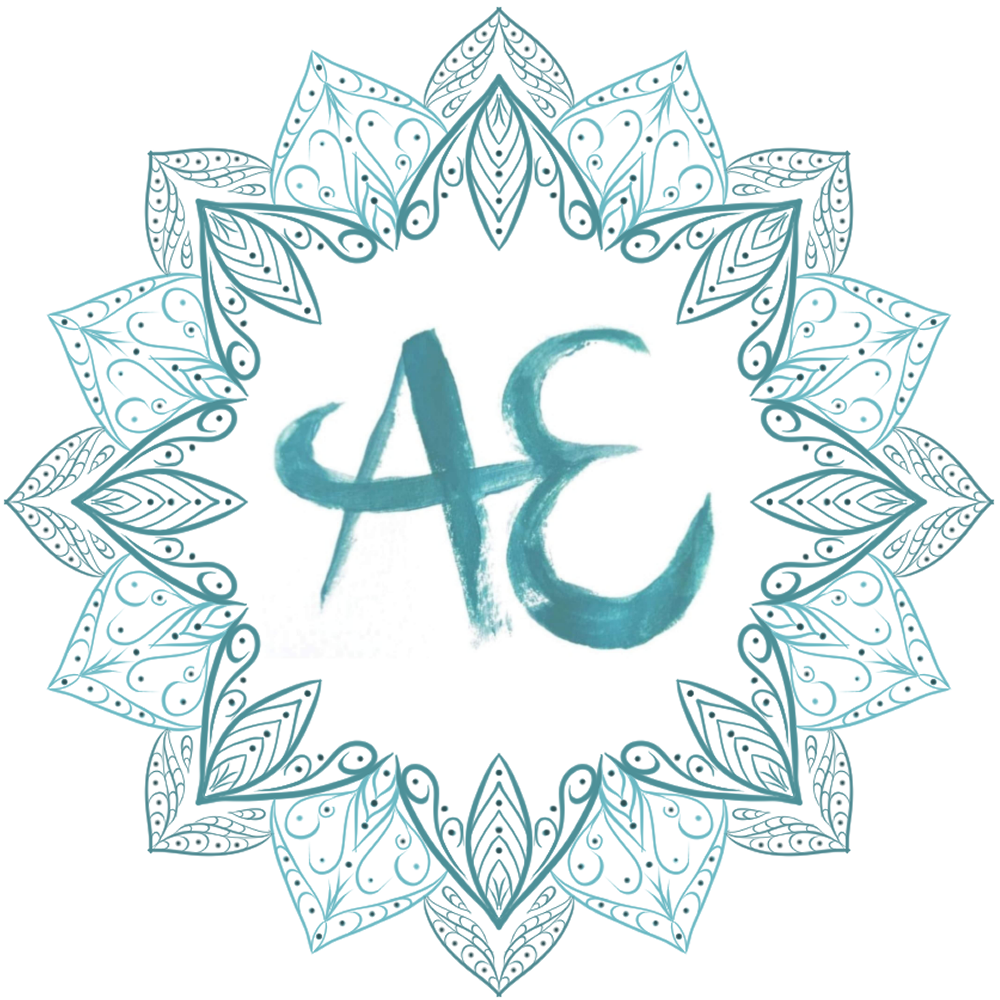To start we must understand conception to understand pregnancy and infertility.
Conception
1. Eggs and sperm are both produced by a process called meiosis.
2. The egg is fertilised by the sperm. Both these cells (egg and sperm) are called gametes (sex cells).
3. The head of the sperm enters the egg, the tail is left behind.
4. Each of the sex cells have 23 chromosomes in the nuclei.
5. They come together and create 46 chromosomes and the new cell is called a zygote.
6. The cell divides (mitotic cell division).
7. By day 2 there are 4 cells. By day 4 there are many cells and the fertilised egg is on its way to the uterus.
8. Day 7 the cell implants into the lining of the womb.
9. Cytokinesis takes place, and this brings about the separation into two daughter cells.
10. Cells around the embryo produce a hormone called human chorionic gonadotropin and this is what pregnancy tests pick up! PREGNANCY!!
The foetus is protected by the amniotic fluid in the amniotic cavity. The placenta provides the foetus with oxygen and nutrients.
Foetal Development - Let’s name her Polly…
6 weeks: Polly is 4-8mm, she has a head, a body and limb buds
7 weeks: Polly is 9mm, she has nostrils, lips, a tongue and 4 chambers in her heart
8 weeks: Polly has arms, legs and a face and she is starting to move
9 weeks: Polly is 2cm and her cartilage is turning into bone, the placenta is forming
11 weeks: Polly is 5cm and she has tooth buds
12 weeks: Polly is 8cm and she has most of her main organs including kidney function
13 weeks: Polly is 9cm, she can suck, frown and clench her fists
14 weeks: Polly is 11cm and her heart is beating double speed
16 weeks: Polly is 14cm, she has toes and fingers, she can swallow and wee
18 weeks: Polly is kicking
19 weeks: Polly is 20.5cm and is sucking her thumb
20 weeks: Polly is 25cm we can now see on the ultrasound that she is a girl
22 weeks: Polly is covered in little foetus hair, and she now has toenails
24 weeks: Polly has sharper hearing, she is more obviously awake or asleep now
25 weeks: Polly is 30cm and has her own finger prints
27 weeks: Polly is 31cm, slim and has no fat on her body
28 weeks: Polly is 32cm and has clear rest and wake time
29 weeks: Polly is 34cm putting on an 1oz of weight a day
32 weeks: Polly’s lungs mature
35 weeks: Polly is practicing breathing and sometimes gets it wrong by swallowing amniotic fluid
36 weeks: Polly is 44cm and can engage her head
39 weeks: Polly is 48cm and her skull bones slide over each other to get ready for birth
40 weeks: Polly is about 50cm and she is ready to see the world. The membrane of the amniotic cavity breaks and amniotic fluid is released.
Infertility
For some people this doesn’t happen and the reason is unexplained. Infertility is when a healthy couple can’t conceive despite having regular sex. Subfertility is when people have trouble conceiving or they have multiple miscarriages. Subfertility appears to be on the increase, sadly. It is estimated that 1 in 7 couples will experience difficulties. Certain conditions like polycystic ovaries can make conception less likely. There are two types of infertility…
Primary Infertility: inability to conceive
Secondary Infertility: a couple have conceived in the past but now can’t get pregnant
It can take up to 2 years to conceive. However, a GP may refer onto more specialist services between 1 and 2 years. Tests can include sperm tests, ovulation tests, hormonal tests, checking fallopian tubes are clear and a laparoscopy.
Treatments available are:
1. Hormonal treatments
2. Artificial insemination
3. Intrauterine insemination
4. In vitro fertilisation
5. Egg and sperm donation
Complementary Therapies
Infertility can be emotionally and physically challenging to say the least. Complementary therapies can be really helpful in assisting with the emotional and physical challenges. Once pregnant, therapies can often help with the symptoms – however remember to always make sure the therapist is specially trained!



